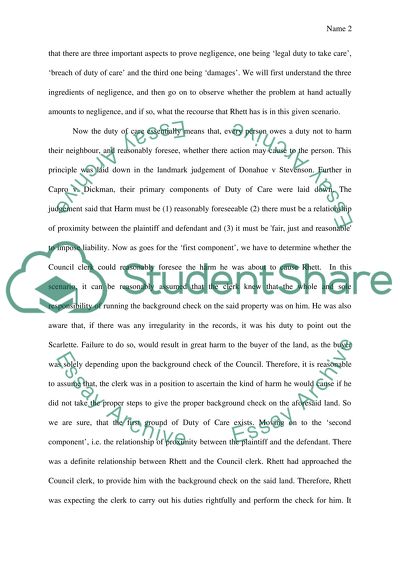Cite this document
(“Torts law problem Essay Example | Topics and Well Written Essays - 1750 words”, n.d.)
Retrieved from https://studentshare.org/law/1429146-torts-law-problem
Retrieved from https://studentshare.org/law/1429146-torts-law-problem
(Torts Law Problem Essay Example | Topics and Well Written Essays - 1750 Words)
https://studentshare.org/law/1429146-torts-law-problem.
https://studentshare.org/law/1429146-torts-law-problem.
“Torts Law Problem Essay Example | Topics and Well Written Essays - 1750 Words”, n.d. https://studentshare.org/law/1429146-torts-law-problem.


